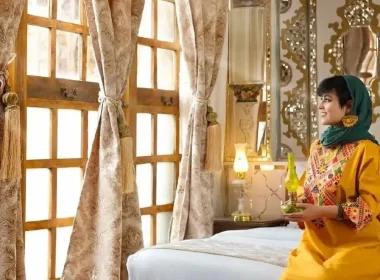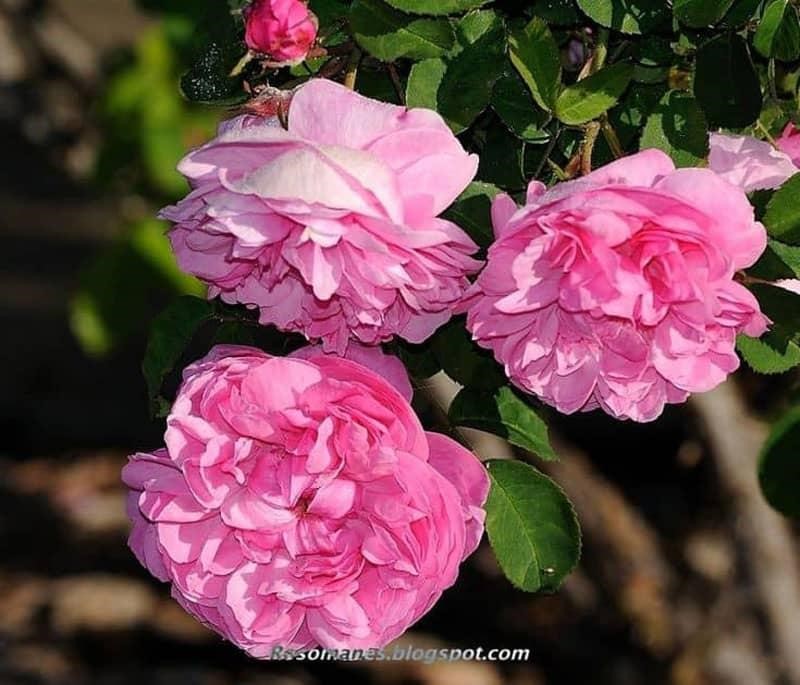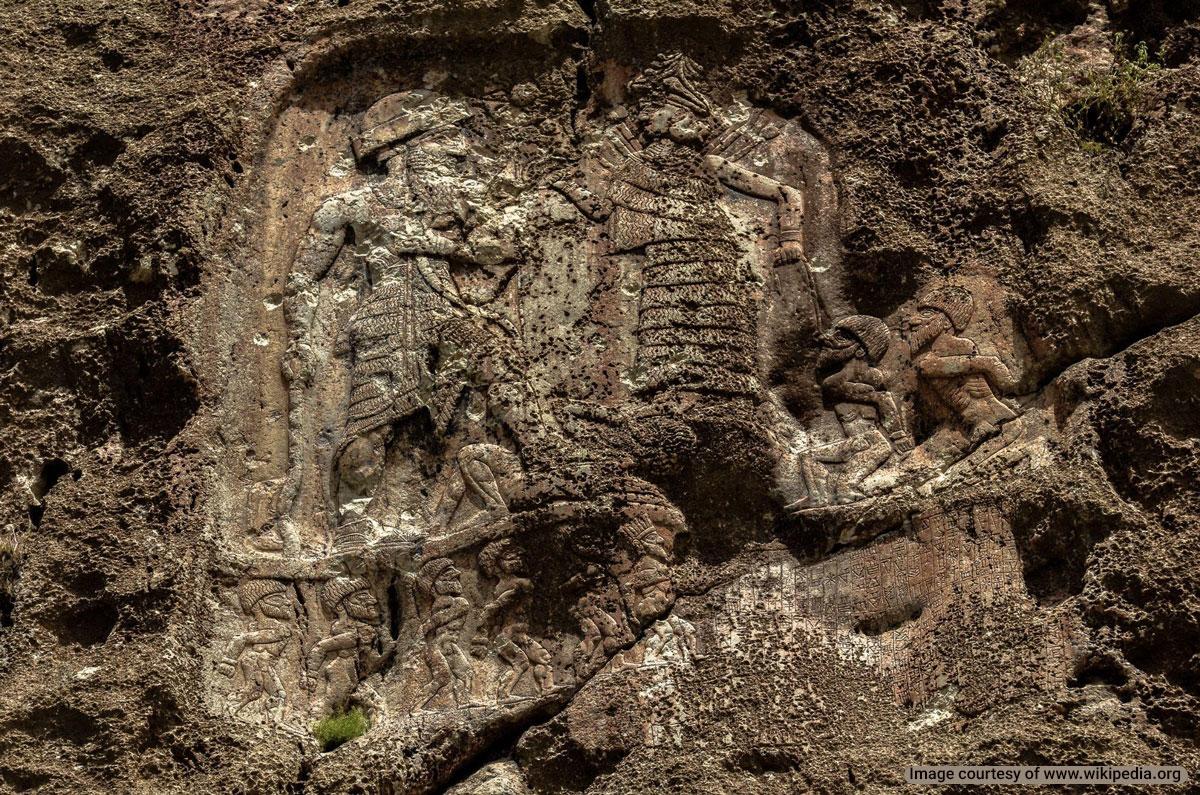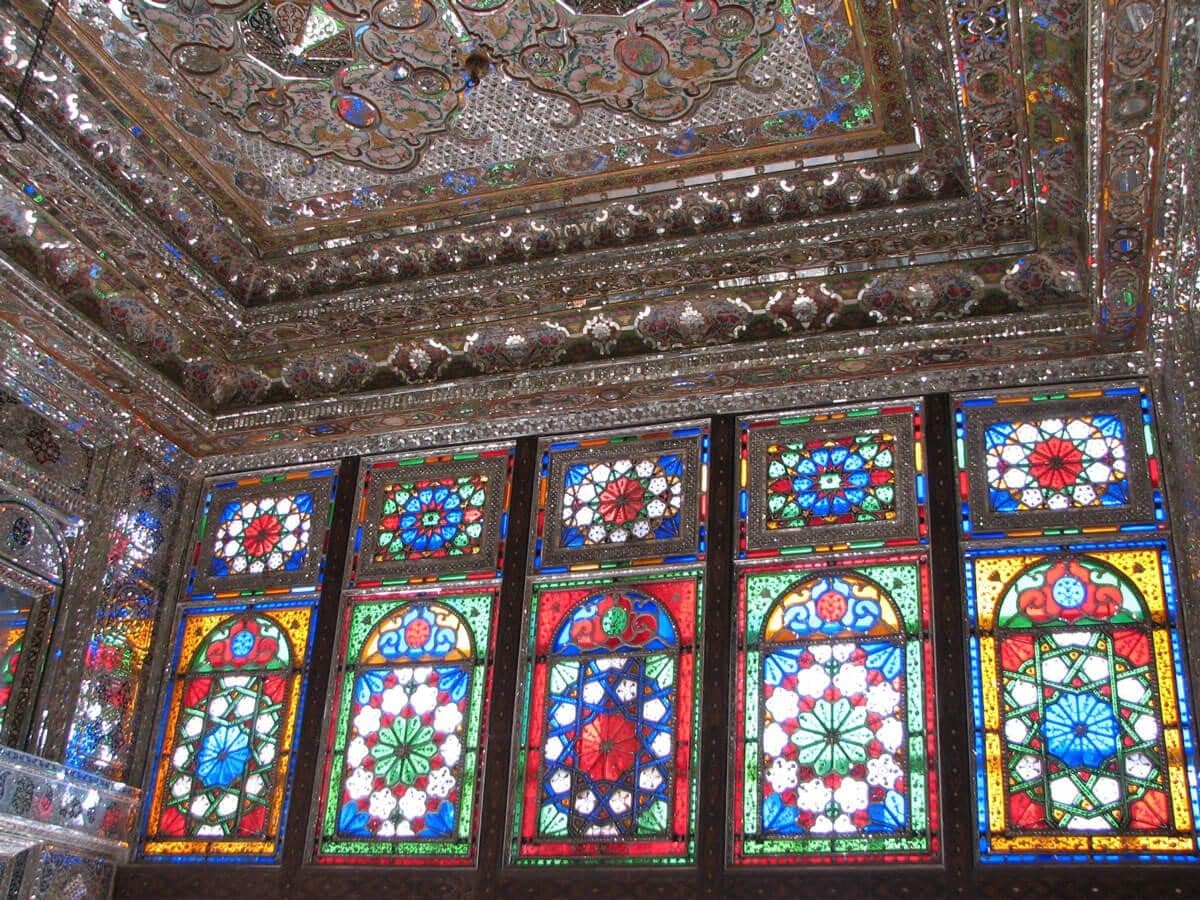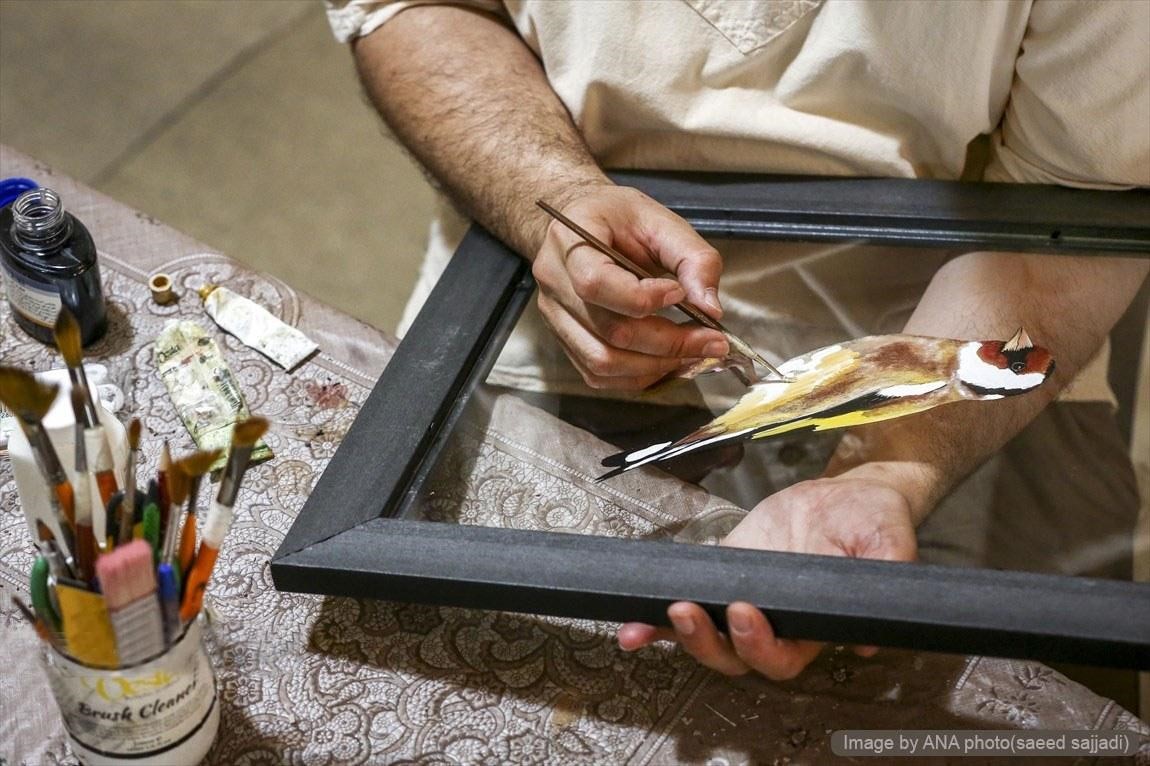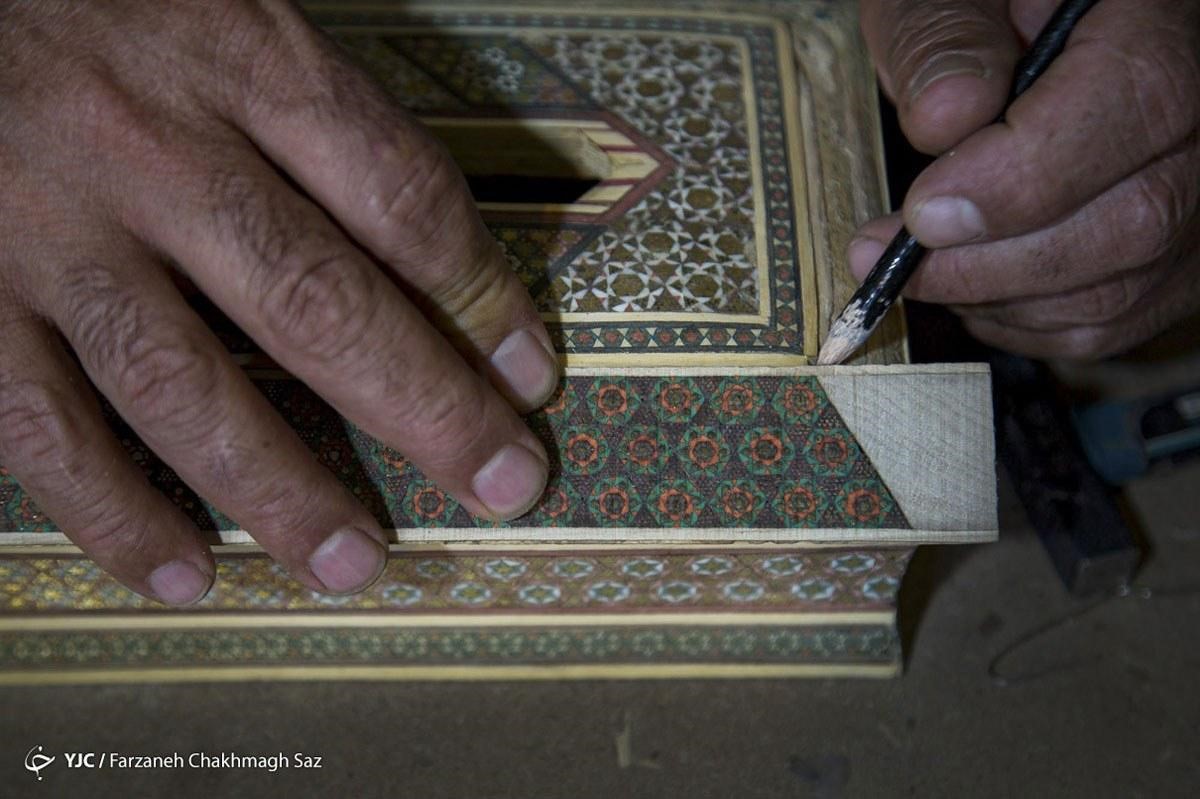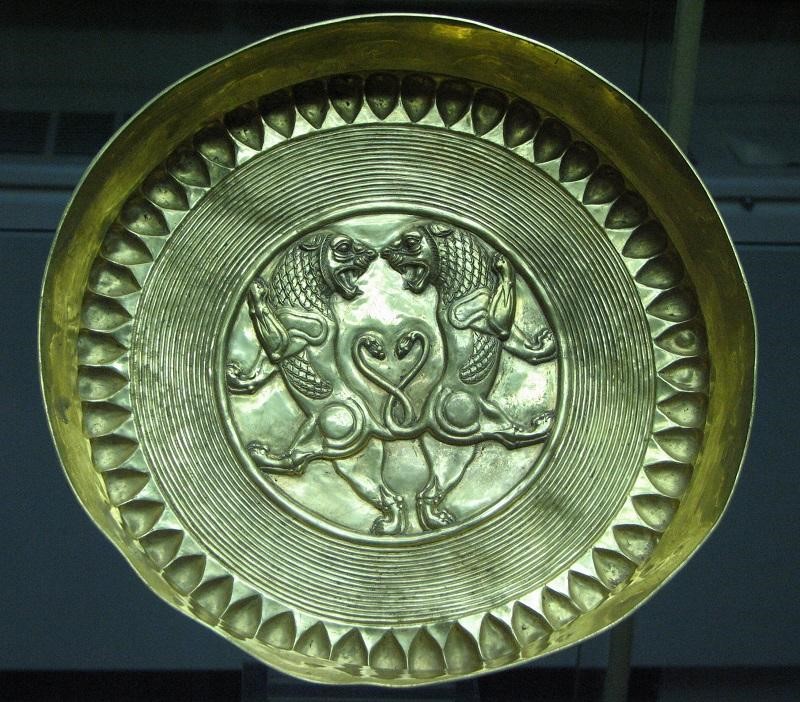
Goldwork and jewelry making are traditional Iranian handicrafts with an ancient history in our country. Before the arrival of Islam to Iran, goldwork and jewelry making were practiced in very good quality and exquisite examples created by the artists of that period have been discovered in archeological sites.
The tribes living on the Iranian plateau in the second millennium BC achieved the wealth and skills of acquiring metal and making jewelry a few centuries later than the civilizations in Mesopotamia and the banks of the Nile. Those civilizations had easy access to water and had little problem in terms of food and agriculture. Therefore, because the basic needs of life did not concern them, from 3000 to 1300 BC, they started to produce copper jewelry and strings of colorful beads. Their silverwork jewelry also appeared in 2000 BC.
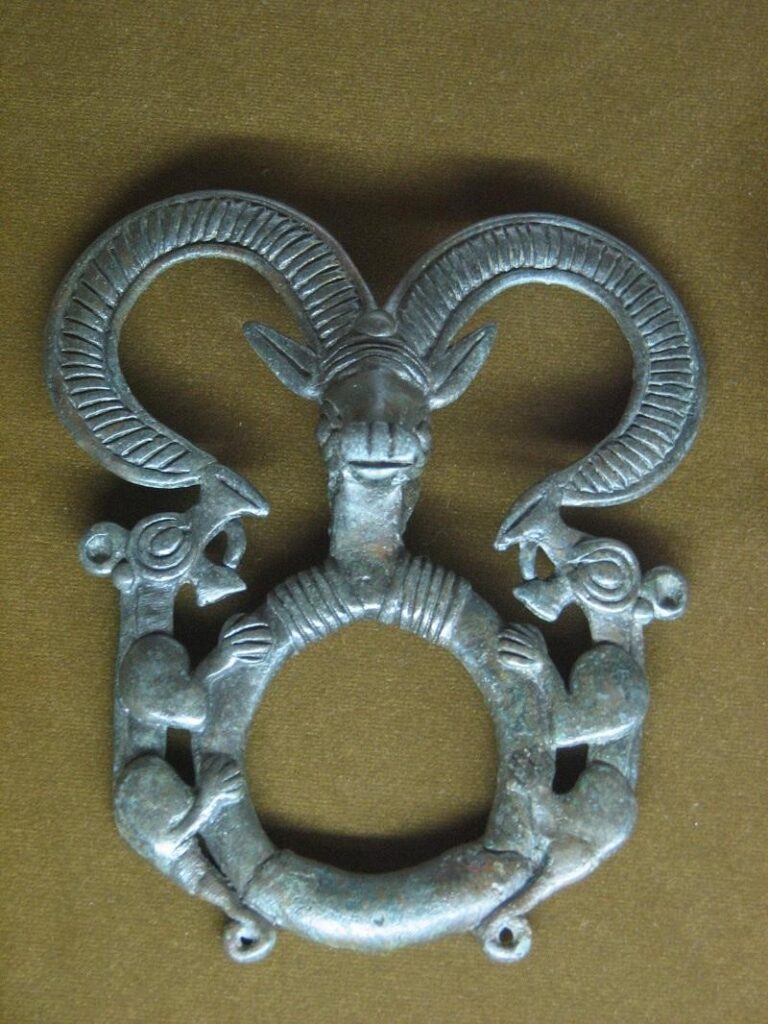
During the first half of the second millennium BC, jewelry made in Susa was in the form of bracelets and necklaces with round beads and hollow gold spacers. Men and women wore these ornaments. During the same period, in the north and northwest of Iran, artists used the same types of techniques and designs in jewelry making.
In the first millennium BC, the artists of several tribes led to the formation of a collection of traditions in the Iranian plateau. Most of these people had already been living in Iran. New tribes who left the fallen dynasties in Mesopotamia joined them as well. On the other hand, the Aryan tribes had joined the inhabitants of the Iranian plateau from the north. Traces of their artistic traditions, manifested in goldwork and jewelry making, have been discovered in some archaeological excavations.
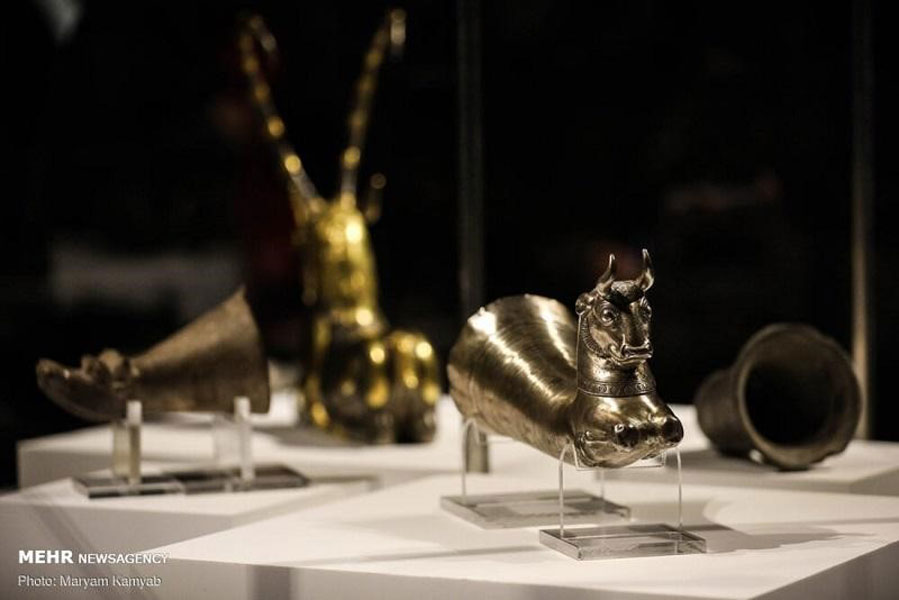
For example, the remains of a girl decorated with many ornaments were found in a grave located in Azerbaijan province, dating back to 1000-800 BC. The ancient jewelry included large bronze flakes, a headband, numerous bracelets, rings, bangles, and seven strings of beads.
During the first millennium BC, in Lorestan province, there was a group of bronze jewelry makers who made ornaments, pinheads decorated with figures of demons and totems, or tribal and ritual banners decorated with animal figures, as well as machetes, swords, bowls, and horse bridles and restraints. They hammered metal plates to create designs of legendary Devs (demons) on round plates or beams.
Achaemenid, Parthian, and Sasanian Goldwork and Jewelry Making
Achaemenid goldwork art was the harmony of various artistic traditions in a skillful style. Some of the discovered crafted objects related to this period include gold armbands, plates, medallions, bracelets, rings, collars, buttons, beads, pendants, etc.
Parthian jewelry was more decorative. Goldwork and jewelry production in this period were made on smaller scales and with modest designs.
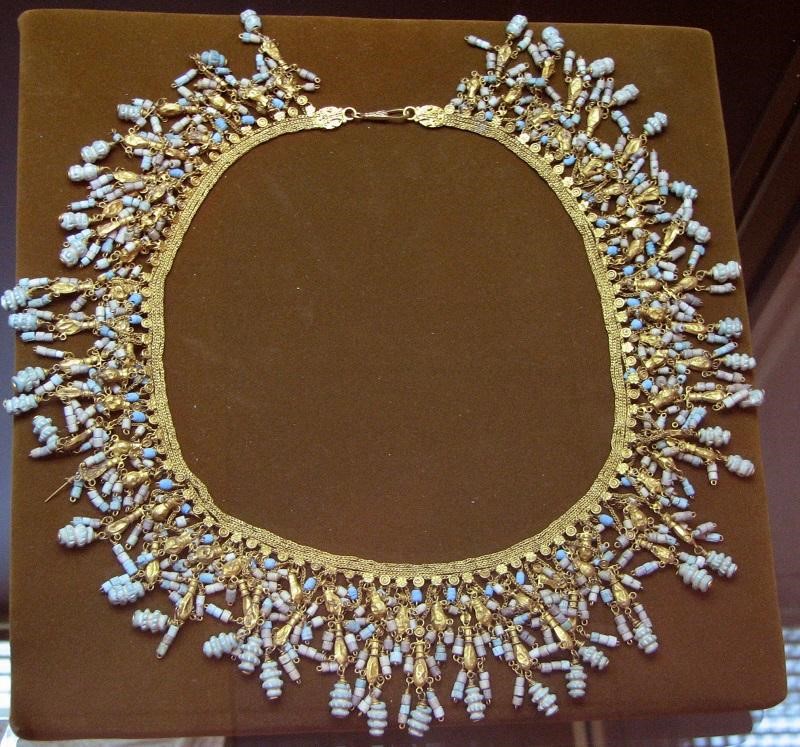
Goldsmithing and jewelry-making flourished in the Sassanid period along with other artistic crafts. The amazing characteristics of Sassanid goldwork arts can be described in the complexity of the seals, the quality of coin mintage, the ornaments placed on the crowns, and the skill and style of the Sassanid silverwork.
The Impact of the Arab Invasion of Iran on the Art of Goldwork and Jewelry Making
After the collapse of the Sassanid Empire, Iranian society lost its political influence, but was surprisingly able to preserve its cultural identity. As usual, the invaders grew to accept and adapt to Iranian culture and traditions. In other words, many designs and motifs of Iranian culture lived on and the technologies of jewelry makers were preserved. In practice, silver jewelry was acceptable for everyone, but gold was used only by women. Therefore, artists of other religions, such as Jews, often practiced goldwork.
Goldwork and Jewelry Making in Iran After Islam
In the two centuries after the arrival of Islam, designs and motifs in the art of goldwork were limited to Sassanid, Byzantine, and classical ornamental traditions. Between the 9th and 12th centuries, an Islamic style developed and quickly spread everywhere, featuring abstract designs of natural and geometric figures.
During the 12th and 13th centuries, Iranian gold, silver, and bronze bracelets were cast or crafted from metal sheets. Gold earrings were made in the form of crescents decorated with filigree, metal grains, strips, scrolls, or beads with various designs.
Gold necklaces were crafted with golden spherical beads, separated by polished stones, metal grain spacers, or spacers with geometric designs.
Cylindrical or cube-shaped talisman boxes, gold, silver, or bronze rings, precious stones engraved with letters that were used as seals or divine protection, etc. were among the products of Iranian goldwork or jewelers in the Islamic era. Carved figures were also crafted with diversity and expressed symbolic concepts in the form of arabesque or animal figures.
Art of Goldwork and Jewelry Making in Timurid, Safavid, and Qajar Era
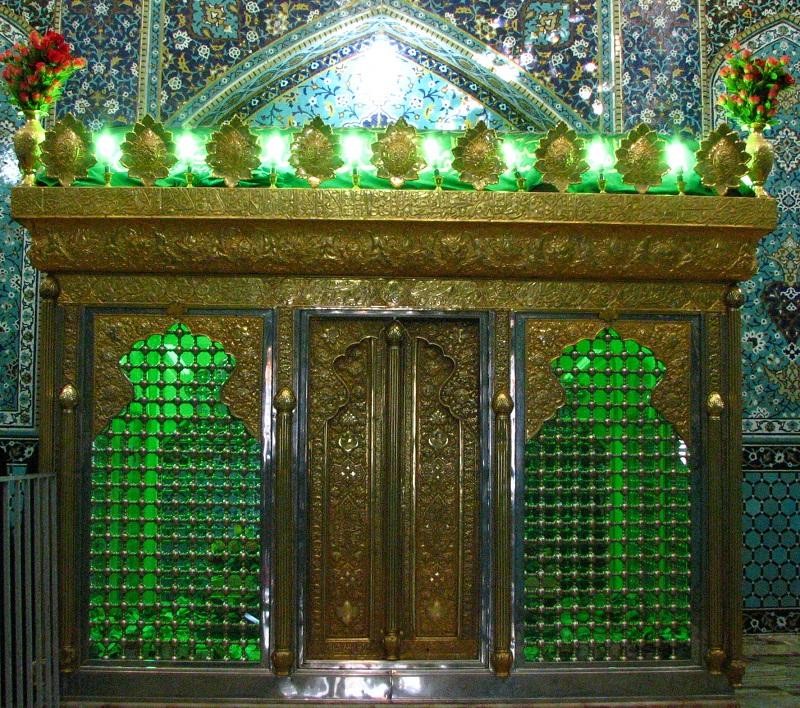
Timur was a well-known patron of the arts. He was fond of vaunting with extravagant and abundant use of colorful precious stones placed on metalwork objects. Of course, this feature survived in the designs of the Safavid and Qajar goldwork and jewelry making.
The miniature artwork from the Safavid period are valuable sources of information about the jewelers of that era and the preferences of the royal court. Women as well as men followed certain fashion trends in their ornaments. Most Iranians were fascinated by precious stones and used them to decorate their clothes and inlay cups, pitchers, teapots, plates, and casters.
Qajar art of goldwork and jewelry making was influenced by Western design elements. One of the characteristics of Qajar period jewelry was the gold pieces that were enameled with bright colors on one side and decorated with precious stones on the other side.
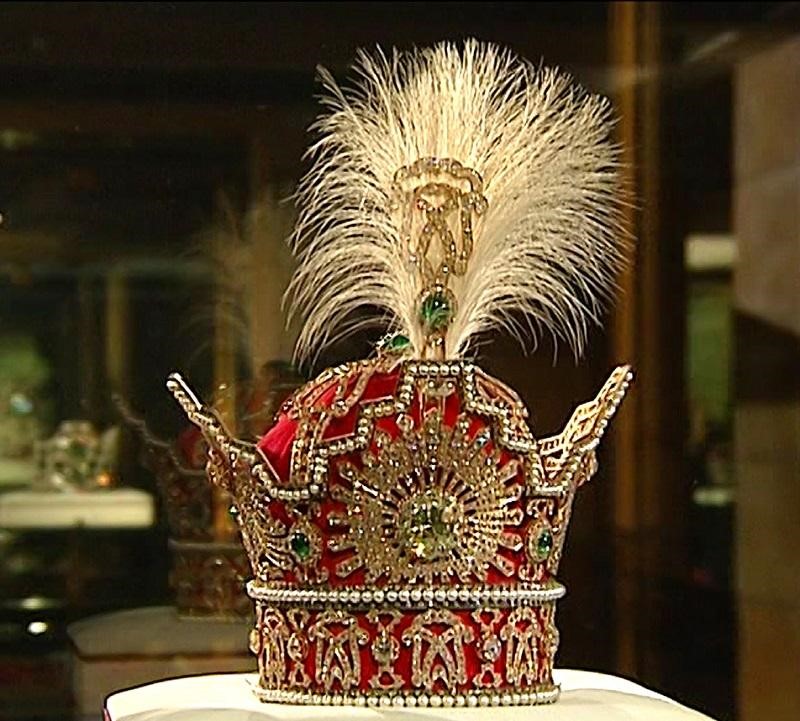
Later, the jewelry of the Qajars and Iran in the 20th century was limited to imitation and copying Western examples. Foreign models were almost copied with such little creativity that their Iranian origin could seldom be identified. Western mannerisms had already taken over in society, fashion, and design elements.
Nomadic Tribal Traditions in Goldwork and Jewelry Making
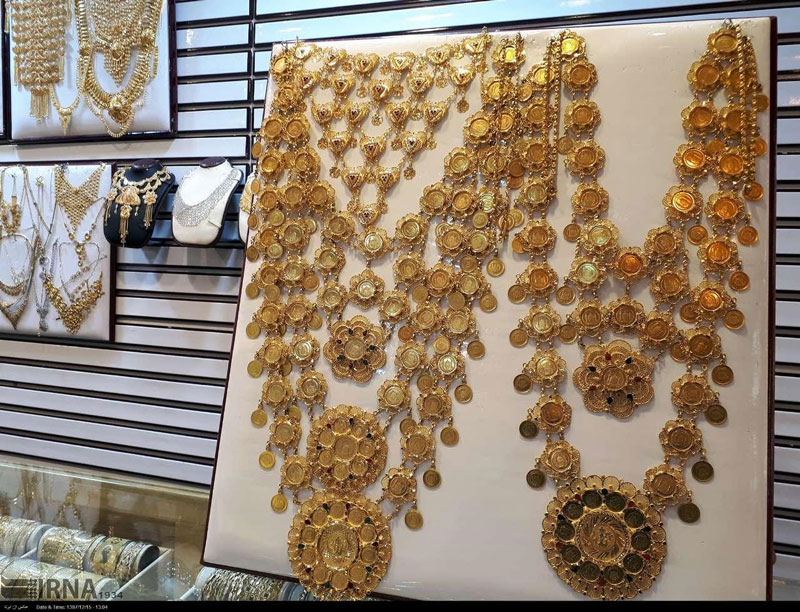
There is a different style present in the jewelry used by the Iranian nomads. They have preserved a strong angular style with high expressive power in a wide range of silver jewelry. These ornaments are rich and diverse in terms of design and robust and beautiful in terms of form, and they preserve ancient Iranian designs.
For women with different tastes and social statuses, the following jewelry can be observed:
Crescent-shaped earrings, chokers, bracelets, necklaces, decorative plaques, medals, armbands, brooches, leaves, and fish and pear-shaped and heart-shaped flakes hanging on chains, small cylinders with written prayers, hair pins and hooks. and other small ornaments.
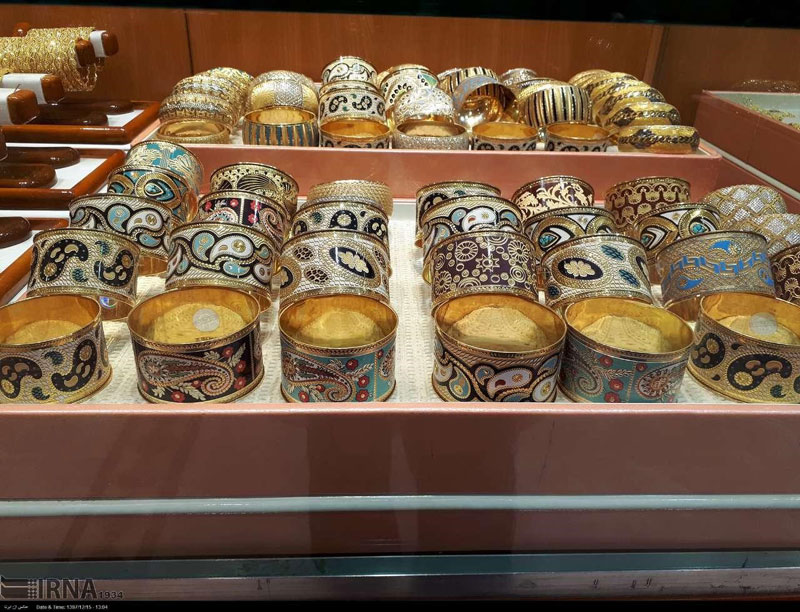
Some symbolic elements are also present in Iranian nomadic goldwork and jewelry. Precious stones are not very popular among the nomads and beads and small coins are more favored. What is remarkable about the art of Nomadic goldwork and jewelry making is that, compared to urban designs, it has long retained its unique and distinct identity – just like many other special characteristics of the nomads.



